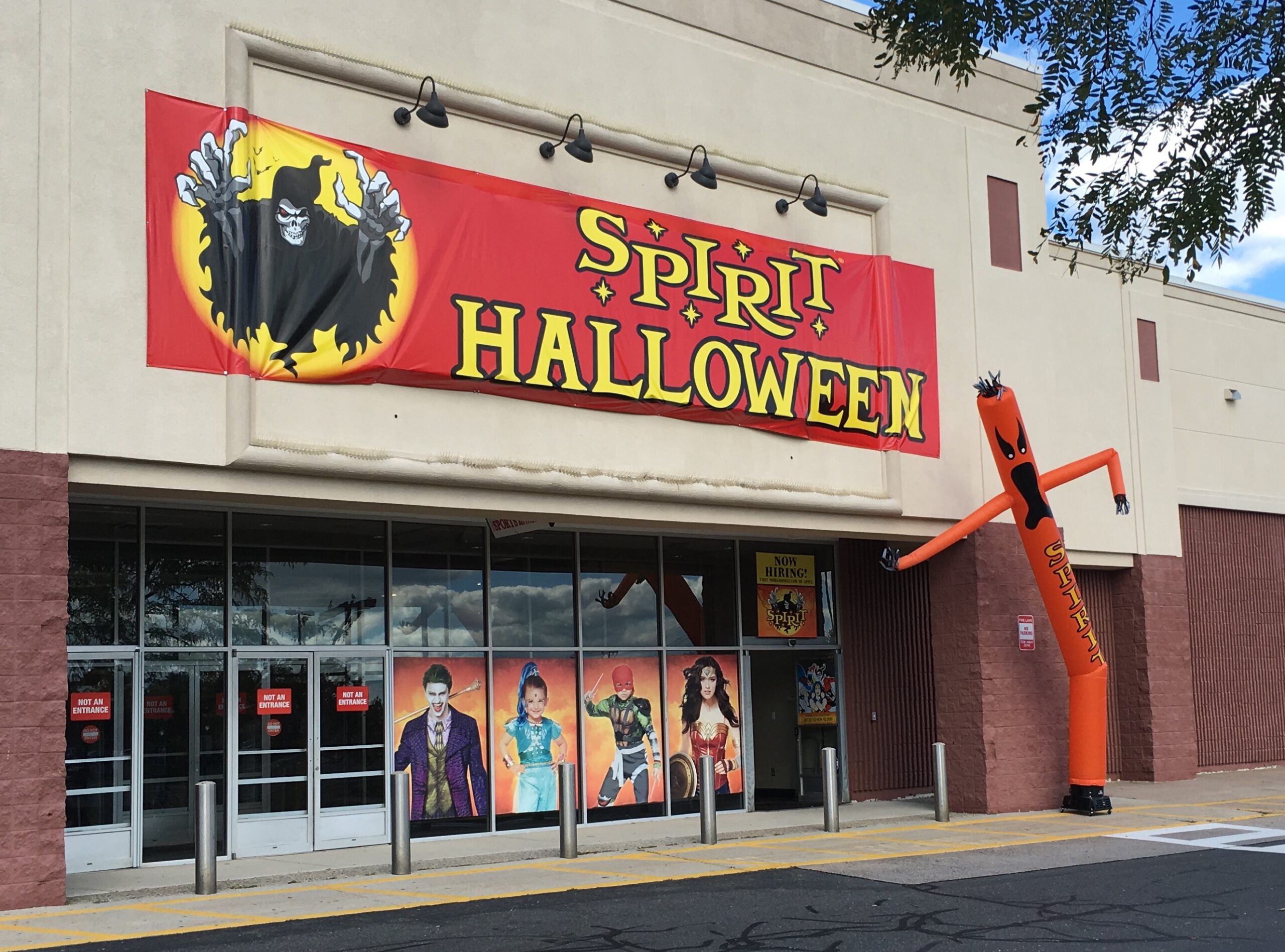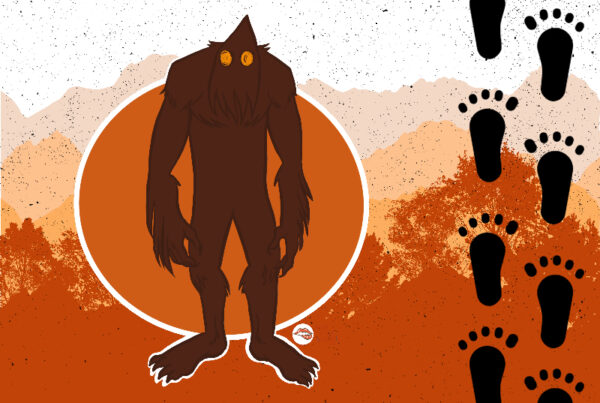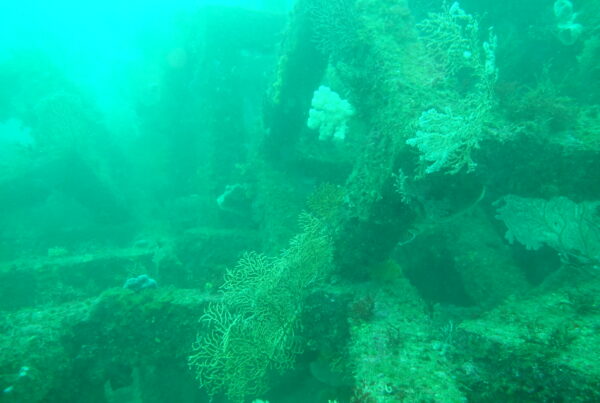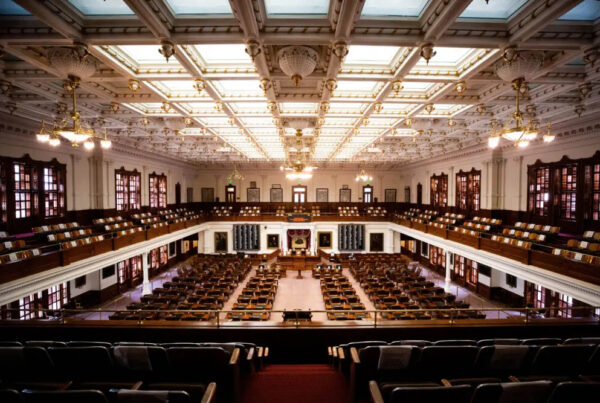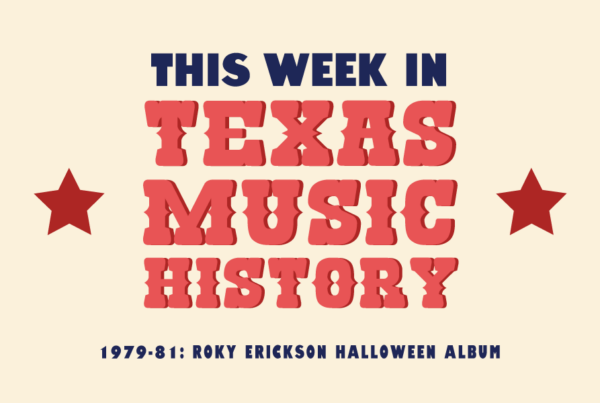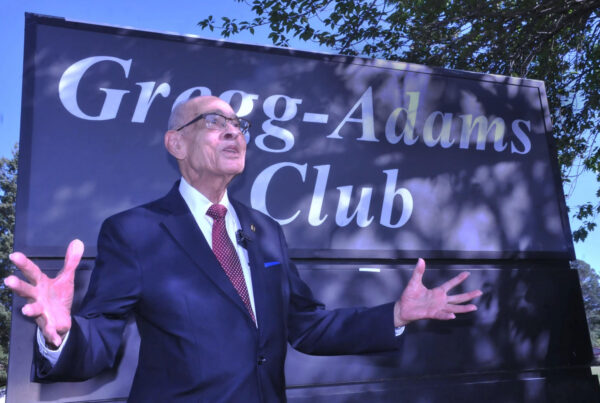If you’re like many folks, you may have spent the last few weeks putting off your Halloween costume – in which case you may find yourself taking a last-minute trip out to Spirit Halloween, a company that’s become synonymous with spooky season.
Each year, the seasonal retailer seems to pop up in vacant mall spaces a couple of months before the end of October.
Rachel Quednau is program director of Strong Towns, an urban planning think tank, and she points to the prevalence of these stores as a downstream effect of the United States’ urban design. She joined the Texas Standard to talk about her analysis.
This transcript has been lightly edited for clarity:
Texas Standard: Why are you concerned about pop-up stores like Spirit Halloween?
Rachel Quednau: We see Spirit as really indicative of a much larger problem. The way that our cities are built right now, we prioritize these huge developments on the edge of town. And so often they’re sitting vacant. And that’s why Spirit can come in and fill in.
The problem is that these stores are propped up by a lot of public investment. You think about the roads and the pipes, the electric lines, the traffic signals, all these things that have to go into supporting a large store like a Target or a Walmart.; they’ve got these massive parking lots. And then when that business leaves town – as they so often do – after a decade or two, you’ve got this huge amount of empty space.
And so Spirit can come in for a couple of months, and that’s great – you know, people get their Halloween costumes, provide some jobs. But this is a huge empty space that is really wasting public resources.
Well, you know, I understand if we’re talking about development now, contemporaneously, with the pop up of Spirit. But from the stores that I’ve seen, they’re quite often in these underused areas – areas that frankly have seen better days, in many cases. And if these spaces are not used, don’t they tend to fall into disrepair and become a general drag on the local economy?
Yes. So, you know, it is good to have something filling that space for a few months. But even better would be to not have those vacant spaces in the first place, to really focus our development efforts in downtowns and smaller-scale retail that has a much higher likelihood of getting to see a new tenant come in.
Because, you know, you think about that massive Target or Walmart: If it’s empty, it’s very hard to find another business that can come in and fill that for the long term. And so we’d love to see more investment in the much smaller-scale retail that can be a barbershop, a law firm, a grocery store, you know, whatever it may be.
» GET MORE NEWS FROM AROUND THE STATE: Sign up for Texas Standard’s weekly newsletters
So what do you do to get from the pop-up model, which in a way is taking advantage, using a franchise structure, of a real downturn in commercial retail space – you know, this has been going on for decades now, but we’re really seeing it critically right now – so what do you do to turn it around to make better use of that space? If I understand what you’re saying is the real prescription here?
Well, to be honest, there is no great solution. The best thing would be to just not be building and incentivizing these large developments, big box stores, mall developments in the first place. And so many of them will probably need to be left and go into disrepair and eventually be taken down.
But again, focusing on development in the cores of our cities at a smaller scale is a much better solution for the economic health of our communities.
I know that you’ve been pretty harsh, pointing to these pop-up stores as kind of taking advantage of the situation in a lot of urban areas in the U.S. But I’m wondering, is that not a more efficient use than just leaving them without any customers? I mean, what would you say for the here and now?
Yeah, I mean, that’s certainly better than better than nothing. And there are other great models of pop-up, we might say, businesses: you know, farmer’s markets, flea markets; you see like Christmas tree lots and things that come and fill a parking lot or a park or something like that. And those are all great examples of pop-up businesses that are a little bit more part of the fabric of our cities.


